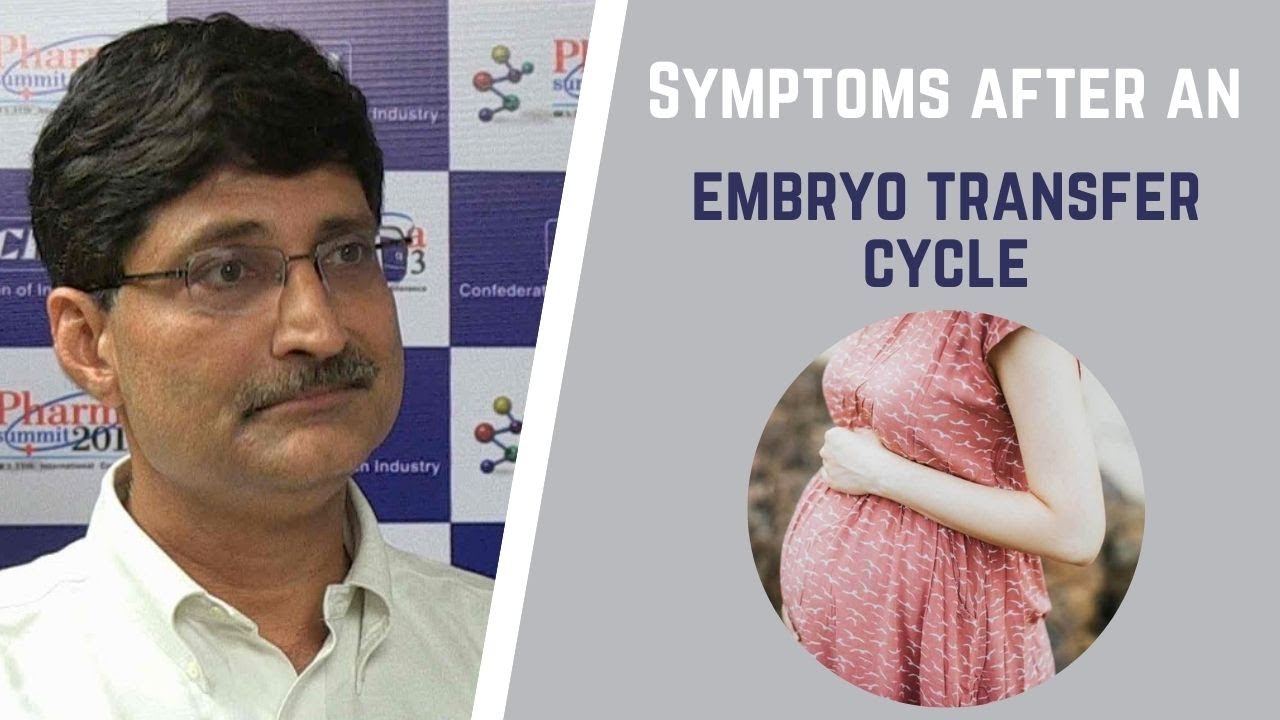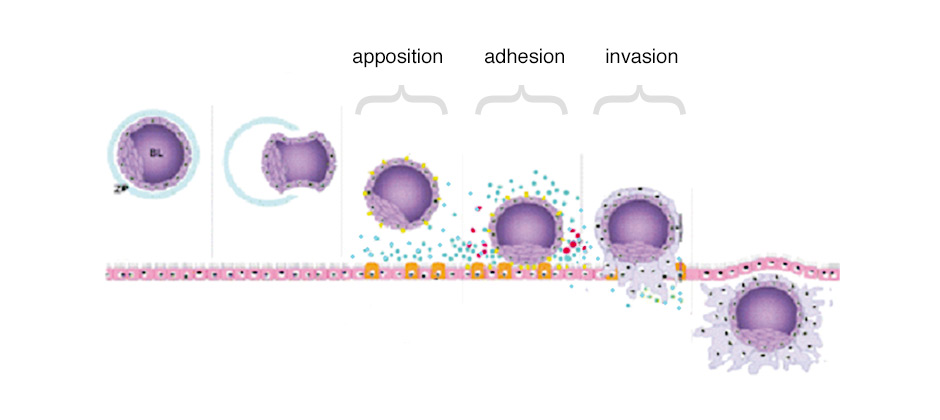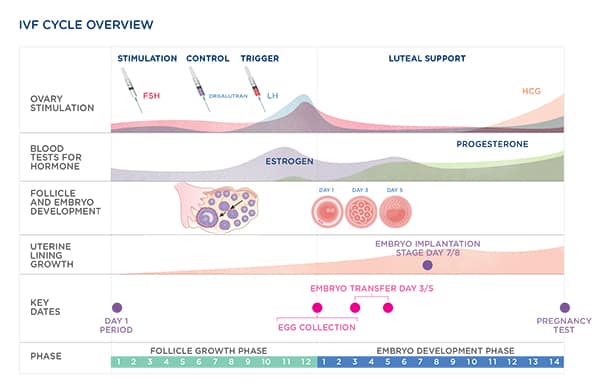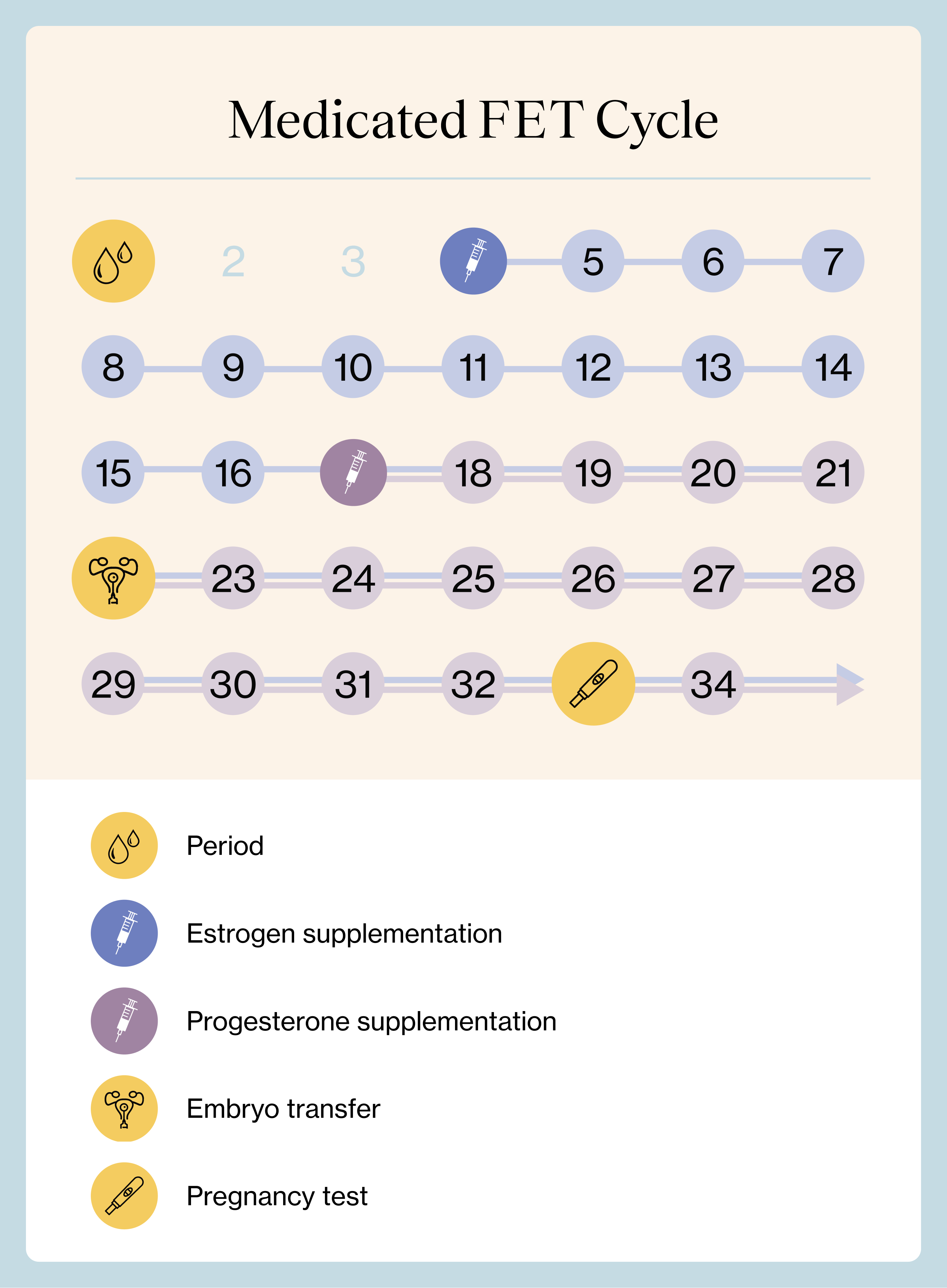How Long After IVF Transfer Does the Embryo Implant?
If you’re going through in vitro fertilization (IVF), you’ve probably got a million questions swirling around in your head. One of the big ones? How long it takes for that tiny embryo to snuggle into your uterus after the transfer. It’s a moment you’ve been waiting for, and knowing what’s happening inside can feel like piecing together a puzzle. The short answer is that implantation usually happens 1 to 5 days after a blastocyst transfer or 6 to 10 days after a Day 3 transfer—but there’s so much more to unpack here. Let’s dive into the details, explore what’s going on in your body, and shine a light on some lesser-known factors that might affect this incredible process.
What Happens After the Embryo Transfer?
Picture this: you’re lying on the exam table, the doctor has just placed the embryo into your uterus with a thin catheter, and now it’s a waiting game. That little embryo—whether it’s a Day 3 (cleavage-stage) or Day 5 (blastocyst)—is about to embark on a wild ride. But what’s it actually doing?
After the transfer, the embryo doesn’t just stick to the uterine lining right away. It’s got some growing and moving to do first. If it’s a blastocyst, it’s already at a more developed stage, with an inner cell mass (the future baby) and an outer layer called the trophectoderm (the future placenta). For a Day 3 embryo, it’s still dividing and needs a few more days to reach that blastocyst stage.
Here’s a quick breakdown of the timeline:
- Day 0: The transfer day. The embryo is placed in your uterus, usually near the middle of the lining for the best shot at implantation.
- Day 1-2 (Blastocyst): The blastocyst starts to “hatch” out of its protective shell (the zona pellucida). Think of it like a chick breaking out of an egg—it needs to escape to attach to the uterine wall.
- Day 2-5 (Blastocyst): The embryo begins to burrow into the uterine lining, a process called implantation. For Day 3 transfers, this might take until Day 6-10 post-transfer since it’s still developing.
By the time implantation is complete, the embryo is fully embedded in the lining, and your body starts producing hCG—the hormone that pregnancy tests detect. Pretty cool, right?
Why Does the Timing Vary?
Not every embryo implants on the same schedule, and that’s totally normal. Imagine embryos as tiny travelers—some sprint to their destination, while others take the scenic route. So, what influences how long it takes?
Embryo Development Stage
The stage at transfer plays a huge role. Blastocysts (Day 5 or 6) are ready to implant sooner—typically within 1 to 5 days—because they’re more developed. Day 3 embryos, with fewer cells, need extra time to grow into blastocysts, pushing implantation to 6 to 10 days post-transfer.
Your Uterine Environment
Your uterus is like a cozy Airbnb for the embryo. If the lining (endometrium) is thick, plush, and rich with blood vessels, it’s more welcoming. Hormones like progesterone help prep this “room,” but timing is everything. If the lining isn’t quite ready—say, due to hormonal tweaks from IVF meds—it might delay things.
Embryo Quality
Not all embryos are created equal. A high-quality embryo (think even cells, minimal fragmentation) might implant faster than one that’s lagging behind. That’s why clinics grade embryos before transfer—it’s a clue to their potential.
Fresh vs. Frozen Transfer
Here’s something you might not hear much about: frozen embryo transfers (FETs) might tweak the timeline slightly. With a fresh transfer, your body’s still buzzing from ovulation meds, which can sometimes make the uterus less receptive. FETs let your body reset, potentially syncing better with the embryo’s needs. Studies—like one from Fertility and Sterility (2021)—suggest FETs can have higher implantation rates, though the exact timing doesn’t shift dramatically.
The Day-by-Day Journey of Implantation
Want to know what’s happening each day after your transfer? Let’s break it down for a blastocyst transfer (Day 5), since that’s the most common these days:
- Day 1: The blastocyst hatches. It’s shedding that outer shell and getting ready to make contact.
- Day 2-3: It starts sticking to the uterine lining—a phase called apposition. The trophectoderm cells reach out like tiny hands, grabbing onto the endometrium.
- Day 3-5: Invasion time! The embryo burrows deeper, connecting to your blood vessels. By Day 5, implantation is often complete, and hCG production kicks in.
For a Day 3 transfer, add about 2-5 days to this timeline as the embryo grows into a blastocyst first. Either way, by 9-14 days post-transfer, a blood test can usually confirm if you’re pregnant.
Interactive Quiz: Guess the Day!
Think you’ve got the timeline down? Test yourself:
- On which day does the blastocyst hatch?
a) Day 0
b) Day 1
c) Day 3 - When does implantation typically finish for a Day 5 transfer?
a) Day 2
b) Day 5
c) Day 10
(Answers: 1-b, 2-b. How’d you do?)
Signs of Implantation: What to Watch For
You might be wondering, “Can I feel it when the embryo implants?” The truth is, most people don’t notice anything specific—it’s a microscopic event! But some subtle signs might pop up, thanks to hormonal shifts:
- Light Spotting: Called implantation bleeding, this happens in about 20-30% of pregnancies. It’s usually pink or brown and lighter than a period.
- Mild Cramping: A little tug or twinge in your lower belly could signal the embryo settling in.
- Sore Breasts: Rising progesterone might make them tender.
- Fatigue: Your body’s working overtime, even if you don’t realize it.
Don’t panic if you feel nothing, though—silence doesn’t mean failure. Everyone’s different!
✔️ Do This, ❌ Don’t Do That
- ✔️ Rest lightly: Take it easy, but no need for strict bed rest—studies show it doesn’t boost success rates.
- ❌ Don’t stress over every twinge: It’s tempting to overanalyze, but relax—your body knows what to do.

What Science Says About Implantation Timing
Research gives us some solid clues about this process. A 2023 study in Human Reproduction tracked hCG levels in IVF patients and found that blastocyst implantation typically peaks around Day 3-4 post-transfer, with 90% complete by Day 5. For Day 3 embryos, the window stretches to Day 6-8. Why the range? Embryo development speed and uterine readiness don’t always sync perfectly.
Here’s a fun fact: the “window of implantation”—when your uterus is most receptive—is about 6-10 days after ovulation in a natural cycle. IVF mimics this, but meds can shift it slightly. That’s why doctors time transfers so carefully.
Table: Implantation Timing by Transfer Type
| Transfer Type | Earliest Implantation | Typical Range | Latest Implantation |
|---|---|---|---|
| Day 3 (Cleavage) | Day 6 post-transfer | Day 6-10 | Day 10-11 |
| Day 5 (Blastocyst) | Day 1 post-transfer | Day 1-5 | Day 5-6 |
Lesser-Known Factors That Affect Implantation
While most articles focus on the basics, there are some under-the-radar factors that can influence how long it takes—or if it happens at all. Let’s explore three points you won’t find everywhere:
1. Embryo Hatching Challenges
Sometimes, the embryo struggles to break out of its shell. In older women or with lower-quality embryos, the zona pellucida can be tougher. Clinics might use assisted hatching (a tiny laser nick) to help, potentially speeding up implantation by a day or two. A 2022 study in Reproductive BioMedicine Online found this boosted success rates by 10-15% in certain cases.
2. Uterine Microbiome
Yep, your uterus has its own ecosystem! Emerging research—like a 2024 paper from Nature Reviews Endocrinology—suggests that a healthy balance of bacteria in the uterus might improve implantation odds. Too many “bad” bacteria? It could delay or disrupt the process. Probiotics are being studied as a possible prep step, but it’s still early days.
3. Stress and Blood Flow
Chronic stress might not stop implantation, but it can mess with blood flow to the uterus. A small 2023 study from Journal of Assisted Reproduction and Genetics found that women with lower stress scores had slightly faster hCG rises post-transfer—hinting at quicker implantation. Yoga or acupuncture could help here (more on that later!).

Fresh vs. Frozen: Does It Change the Timing?
You might’ve heard debates about fresh versus frozen embryo transfers. Does one implant faster? Not exactly—but there’s a twist.
- Fresh Transfers: Done right after egg retrieval, these can face a uterus still adjusting to high estrogen levels from stim meds. Implantation timing stays the same (1-5 days for blastocysts), but success rates might dip if the lining’s off.
- Frozen Transfers: These let your body recover, often leading to a more “natural” uterine state. A 2021 meta-analysis in Fertility and Sterility showed FETs had a 5-10% higher implantation rate. Timing-wise, it’s still 1-5 days for blastocysts, but the embryo might “stick” more easily.
So, no big timing shift, but FETs might give your embryo a cozier landing spot.
How to Support Implantation After Transfer
You can’t force implantation, but you can set the stage. Here’s a practical guide based on science and real-world tips:
Step-by-Step: Your Post-Transfer Plan
- Stay Hydrated: Water keeps blood flowing to your uterus. Aim for 8-10 glasses daily.
- Eat a Balanced Diet: Think Mediterranean—fruits, veggies, lean proteins, and healthy fats like avocado. A 2022 study linked this to better IVF outcomes.
- Keep Warm: Some swear by warm socks or a heating pad (low setting) to boost circulation. No hard proof, but it’s cozy!
- Move Gently: Light walks or stretching are fine—skip the heavy lifting for a few days.
- Sleep Well: Aim for 7-9 hours. Your body heals and balances hormones overnight.
Poll: What’s Your Go-To Comfort Trick?
What helps you relax post-transfer?
- A) Netflix binge
- B) Warm tea and a book
- C) A quick meditation session
Share your pick in the comments—I’m curious!

When Can You Test for Pregnancy?
The million-dollar question: when can you know if it worked? For a blastocyst transfer, hCG might show up in your blood as early as 9 days post-transfer—sometimes sooner if implantation was quick. For Day 3 transfers, it’s more like 11-14 days.
- Home Tests: Wait until at least Day 9-10 for blastocysts, or Day 12-14 for Day 3. Too early, and you risk a false negative.
- Blood Test: Your clinic will likely schedule this 9-14 days post-transfer. It’s more sensitive and gives a clear yes or no.
Pro tip: Resist the urge to test daily—it’s a rollercoaster you don’t need!
What If Implantation Doesn’t Happen?
Sometimes, despite everything, the embryo doesn’t implant. It’s tough, but it’s not the end of the road. Here’s why it might happen and what’s next:
- Embryo Issues: Chromosomal abnormalities are the top culprit. Preimplantation genetic testing (PGT) can screen for this in future cycles.
- Uterine Factors: Scar tissue, fibroids, or a thin lining could interfere. A hysteroscopy might check this out.
- Timing Misalignment: If the embryo and uterus aren’t in sync, implantation fails. An endometrial receptivity analysis (ERA) can pinpoint your ideal window.
Talk to your doctor—they’ll dig into the details and tweak your plan. Many folks get pregnant on the next try!
Real Stories: Implantation in Action
Let’s bring this to life with a couple of examples (fictional but based on common experiences):
- Sara, 34: Had a Day 5 FET. Felt mild cramps on Day 3, spotted on Day 4, and tested positive on Day 10. Her embryo implanted around Day 3-4—right on schedule.
- Jen, 39: Day 3 fresh transfer. No symptoms until Day 8, when she felt tired and bloated. Positive test on Day 12—implantation likely hit around Day 7-8.
Every journey’s unique, but these show how timing can play out.

Boosting Your Odds: Beyond the Basics
Want to go the extra mile? Here are some cutting-edge ideas that don’t always make the headlines:
- Acupuncture: A 2023 review in Complementary Therapies in Medicine found it might improve blood flow and implantation rates by up to 15%. Sessions before and after transfer are key.
- Vitamin D: Low levels are linked to lower IVF success. A 2024 study in Journal of Endocrinology suggests 50-70 ng/mL is ideal—check yours with a simple blood test.
- Personalized Timing: Tools like the ERA (mentioned earlier) are game-changers for repeat failures. It’s like a GPS for your uterus!


